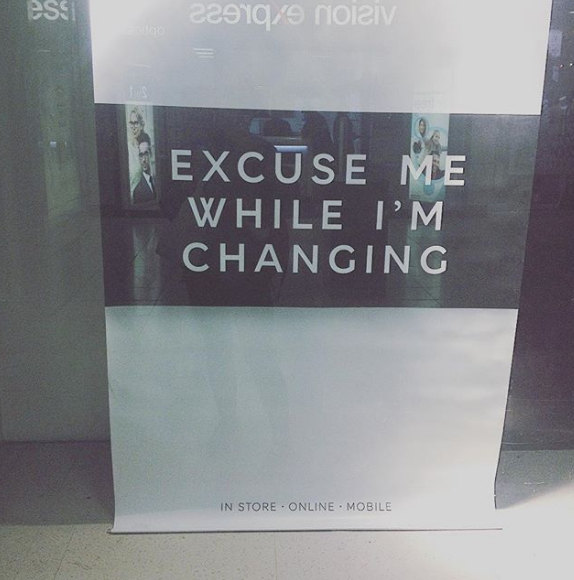Resources
Here are some things I’ve made, yours for free!
-
In 2018, I got rid of a verruca I'd had for 21 years. I was so proud, I decided to make myself a certificate.

If you have recently rid yourself of a verruca or wart and would like to award yourself a certificate, you can download my template here. Please note, I've used some niche fonts, so you may need to change them when it downloads.
Alternatively, I am happy to print and award certificates to deserving members of the public on behalf of my organisational front, The National Society for the Bazuka-ing of Verrucae. Please get in touch with evidence of your verruca-free foot area and your address if you would like to request this service.
-
Reaching the age of 27, after decade of dodgy mental health and self flagellation, I decided to use all my powers to move on and shift my paradigm.
I applied to a programme called Enrol Yourself, which brings together peer groups of people who have a question to explore. Over 6 months, you go on a learning journey together - furthering your own research while supporting each other with ideas, encouragement, resources and so on.
I applied to Enrol with some glum question, but after a few days into the process – a few nights of getting out of bed in the early hours to draw and mind map and exercise my brimming mind – I woke up one morning with a glorious new question on my tongue: “how might I develop my range of being in the world?”
I got hooked on my explorations and somehow the question became an answer in itself - a new lens for viewing any situation; boring, shit or delicious. I am happier than I have been since I was about 9 years old.
I wanted to share the question with you - anyone! - in case it helps to reframe challenges for others too.
Here are some resources to explore.
On visualising "range":
Part of my exploration involved trying to conceptualise my range of being in different ways. I started out trying to define the areas of my life that I might have ranges of: emotional, physical, spiritual and so on. I then tried to picture these ranges in different ways: as systems (an ecosystem: what are the inputs and outputs, the body: what's in balance).
I ran a workshop session on this, prompting people to visualise their own range of being. You can download the materials here.
On neuroplasticity:
During the programme I got really into the idea that we're not these unchanging structures, destined to repeat the same behaviour forever. There are reflexes and knee jerk responses built into our brains, but with some effort, they can be re-written. The "scientific" term for this is neuroplasticity - literally the brain's ability to be moulded. I find this super inspiring!
If you're into this, check out:
* Some slides I made for a workshop session about neuroplasticity.
* The Brain that Changes Itself by Norman Doidge
* Everyday Holiness by Alan Morinis. This book outlines the Jewish Spiritual path of Mussar, which offers practical ways to cultivate different virtues of the soul.
On getting unstuck:
Please note this section is a work in progress...
Before you can go about changing your behaviour, you need to have a clear picture of where you're at. Here are some tools to help draw it out. I'd also recommend my "visualising range" activity above.
Once you have a sense of your patterns, and what it is that you'd like to disrupt, you can start to experiment with different techniques to shift your behaviour.
-
I find the underpinnings of CBT so hopeful. As humans we improvise the whole time, so lots of our behaviours start as a one-off response a new situation. If our response seems “successful” – if it gets us what we want or tallies with an existing belief we had about our world – we repeat it and after a while it becomes reflex.
Often the only reason we do things the way we do is because it's the route of least resistance for the little zippy electric signal pinging through our brains.
Yet when we're under pressure our views of “success” can get warped, so we lay down behaviours that can be unhealthy – like cripplingly high standards, like boom and bust work patterns. Instead, CBT says there are infinite ways of being. With work and patience all our well-worn paths can be reset.
Here's a stock email examples I usually send to people who are considering CBT. The resources I reference are here.
NB. I am not a doctor.
-
"One of the more wacky/wondrous elements of stock photos is the manner in which, as a genre, they've developed a unifying editorial sensibility. To see a stock image is [...] to know you're seeing a stock image. And while stock images' stockiness may be in part due to the common visual tropes that give them their easy, cheesy impact -- prettiness, preciousness, pose-iness -- there's part of it that's more ephemeral, too. Though they have little else in common, shots of a German Shepherd typing on a laptop and a man contemplating the sunset can both be, in their special way, stocky."
- Megan Garber, The Tao of Shutterstock: What Makes a Stock Photo a Stock Photo?
![]()
I am obsessed by stock imagery and how many people get it wrong. I was researching this recently and came across Wikipedia's article on Public Domain Image Sources. They have a massive list of free stock image resources - paintings, photographs and graphics. I also recommend using Unsplash and Pexels as sources of high quality, free(!) photographs. No excuses.
︎ Home
